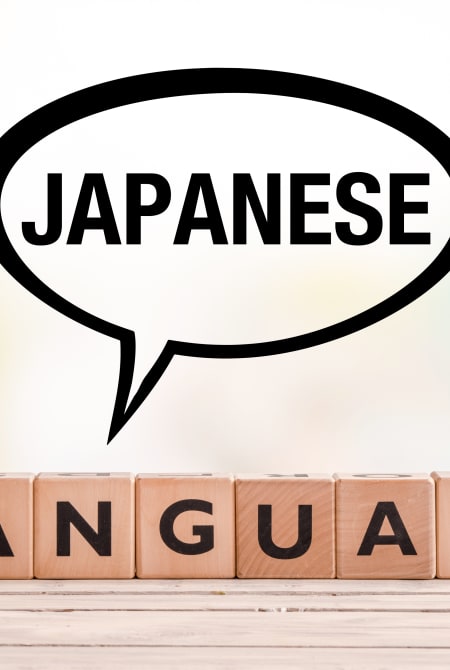The holiday season is a great time to visit Japan. Larger cities are lit up with fairy lights and buzzing with Christmas markets, while strawberry cakes—a festive tradition in Japan—can be found in all the convenience stores.
But, on December 26th, the wreaths and snowflakes are replaced with New Year decorations: intricate bamboo centerpieces and Chinese Zodiac animal decorations. Japan stays in business all through Christmas, but things get very quiet leading into New Year.
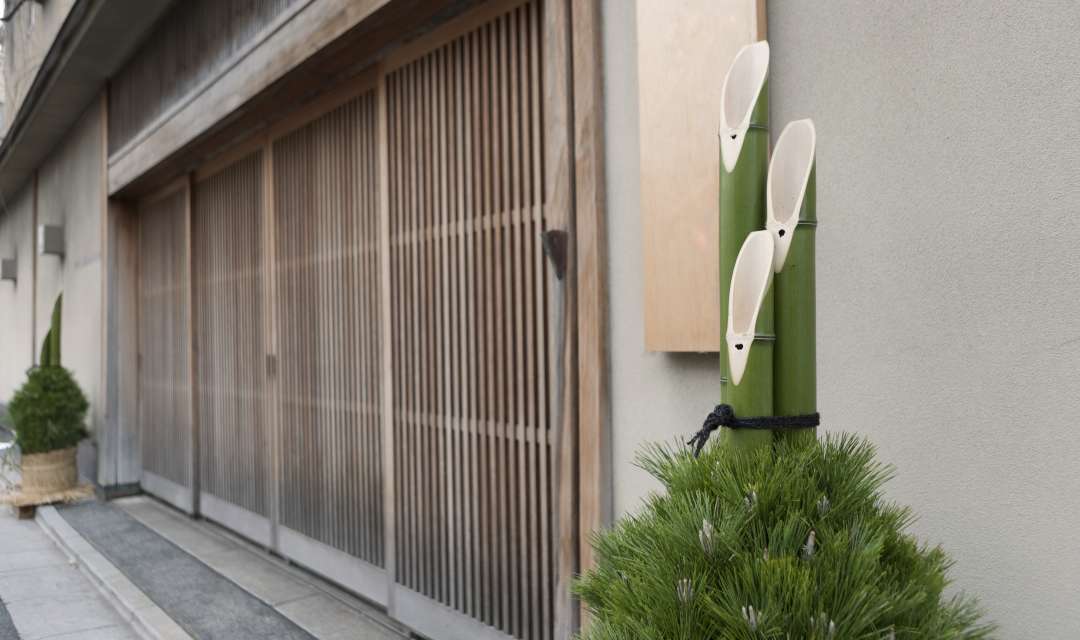
Bamboo decorations are commonly seen at New Year in Japan
New Year celebrations in Japan take a few different forms. Bonenkai are "forget the year" parties held in December when friends or co-workers gather to share copious amounts of alcohol as the year draws to a close. Everyone overindulges on a course meal and all-you-can-drink beer, wine, and cocktails. They can range from civil office affairs to year-end bangers. If you're visiting in the weeks before NYE, have some back-up restaurants in mind. You may find yourself unceremoniously turned out for a year-end party. Better yet, make some friends and see if you can't tag along to experience a bonenkai for yourself.
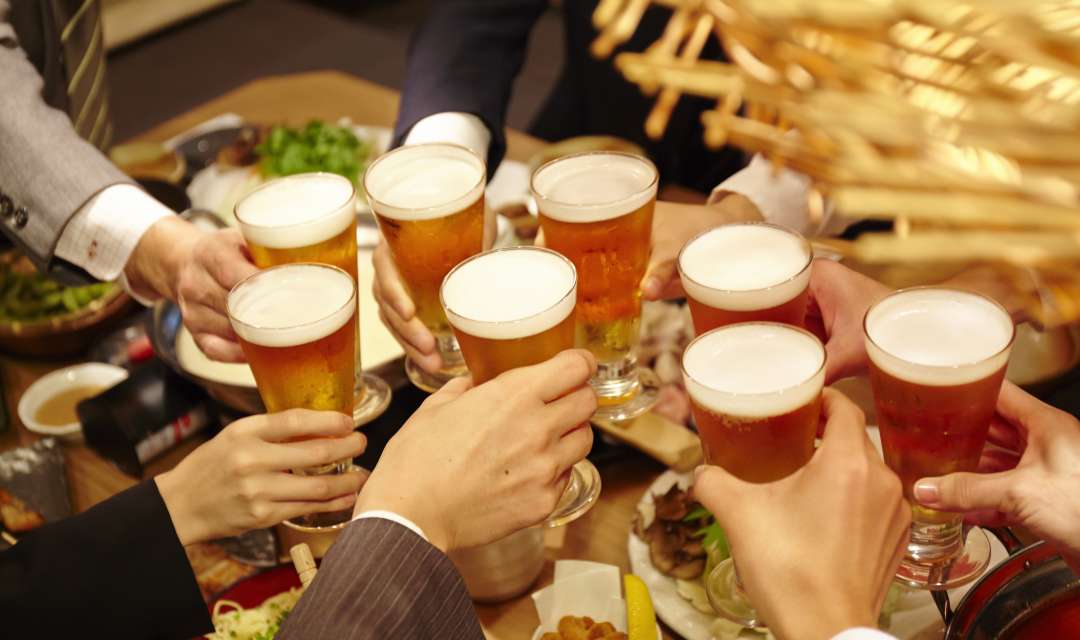
Bonenkai are "forget the year" parties held in December
For New Year's Eve itself, people tend to spend the night in their hometown with their parents or go out for a countdown party. Bigger cities will have numerous options for those wanting to take the all-night drinking route.
On New Year's day, families eat Osechi Ryori; traditional assorted dishes served in a box, similar to bento. Each bowl holds a particular meaning and symbolizes good fortune for the year ahead. Osechi Ryori is not typically available in restaurants, but many of the department store food halls in Japan prepare the various dishes for purchase. As almost all restaurants will be closed on New Year's Day and possibly the few days after, so it is best to have some food options prepared.
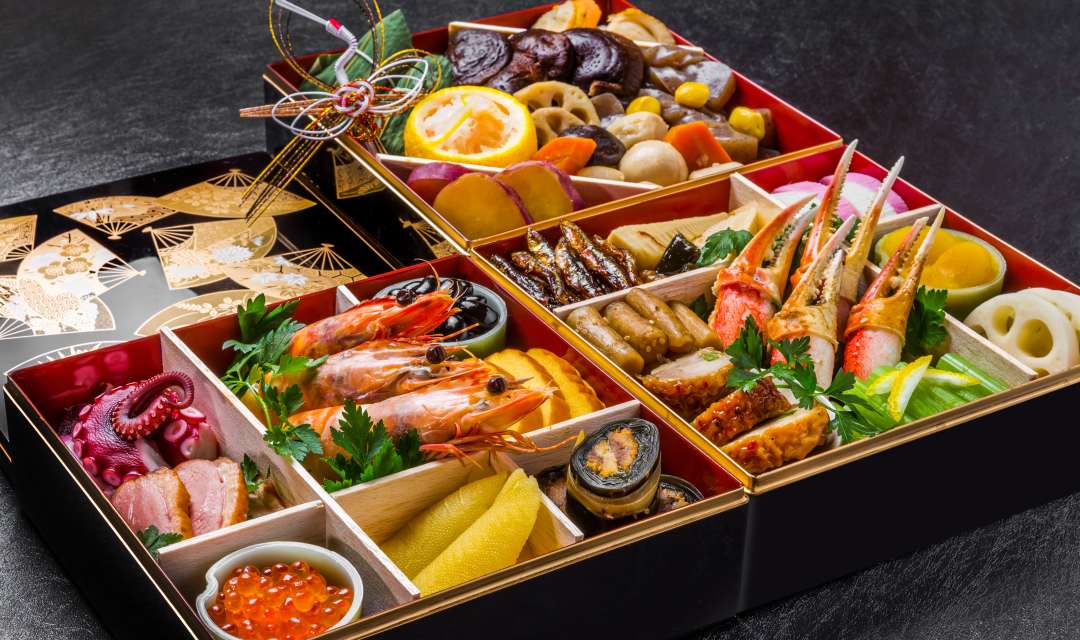
Osechi Ryori are special bento boxes eaten at New Year
Bonenkai and countdown parties are not your only options for NYE in Japan. Hatsumode, the tradition of offering your first prayer of the year at a shrine, is the homegrown way to ring in the New Year. People will line up to enter famous shrines before midnight on New Year's Eve and wait well into the early morning to pray at the shrine and ring the bells. Most cities will honor Hatsumode by running trains late into the night. Tourists are welcome, so for a more "authentic" experience, Hatsumode can't be beaten. The crowds and atmosphere at the shrine are amazing, and hot sake and soups are served to help keep you warm and entertained.
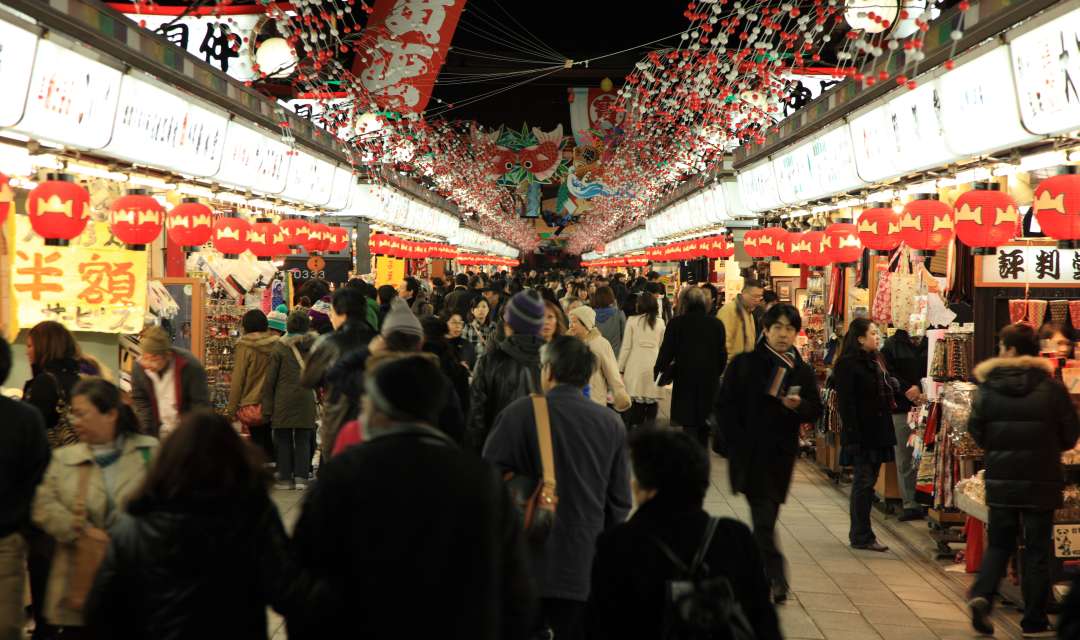
Hatsumode is the Japanese New Year tradition of praying at a shrine
Japan is quieter than usual over the New Year, but traditional decorations add plenty of extra charm. Kadomatsu, an ornament made of three bright green bamboo poles and pine branches decorate the entrances of houses and buildings and symbolize longevity. Shimenwa or woven straw ropes protect sacred buildings and grounds from evil spirits and range from small to massive. Then there is the kagamimochi. Kagamimochi are two flat rice cakes, a small one placed on top of a larger one with a mandarin orange on top. Since ancient times, they have been placed on Shinto shrine altars. They are believed to protect the buildings from fires for the coming year. Small versions of these decorations are available for purchase at shrines and even 100 yen stores. They are the perfect souvenir to remember that time you rang in the year Japan-style.
-
About the author
Richard is a snowboarding, food blogging, graphic designer who has been living in Japan for over a decade with his partner.




















































